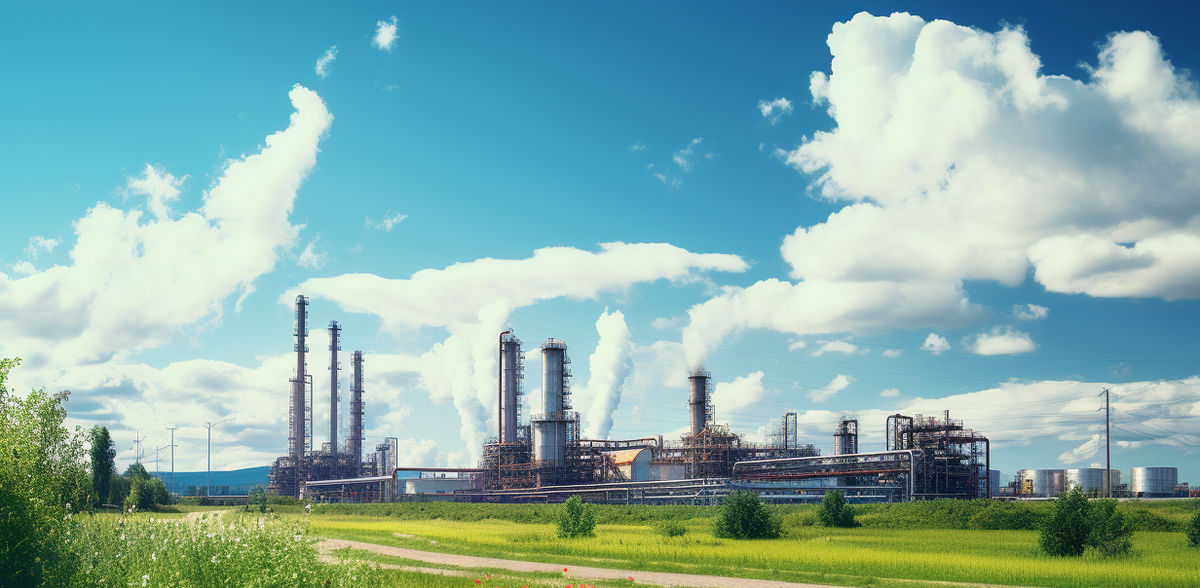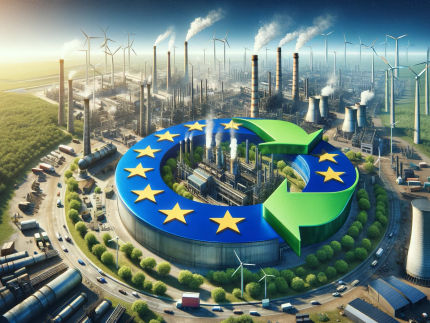Scalable electrolyzers using innovative materials for hydrogen export to Germany
How can green hydrogen be transported cost-efficiently from Australia to Germany?
Advertisement
Shipping the sunshine - How can green hydrogen be transported cost-efficiently from Australia to Germany? This question is being addressed by the Fraunhofer IST in collaboration with German and Australian project partners. The consortium plans to go beyond feasibility studies and to transport green hydrogen from Australia to Germany by means of validated developments in electrolysis technology and model-based evaluations of the hydrogen value chain.
The objective of the “ScaleH2” project within the BMBF’s HyGATE funding initiative is the utilization of scalable PEM electrolysis stacks with innovative materials in order to create renewable hydrogen in a cost-efficient manner. The research results are then used to establish a hydrogen-export value chain between the Illawarra region in New South Wales (Australia) and Germany. The main areas of research are the processing of innovative catalyst materials from Australia, the utilization of cost-efficient bipolar plates, the demonstration of scalable coating and stack-assembly processes, the evaluation of geological underground storage facilities, and the techno-economic assessment of an export supply chain. In order to achieve this, renowned partners on both the German and the Australian side are working closely together; these include ATCO, UNSW, UTS, the Fraunhofer Institutes IST and IEG, the Institute of Energy and Process Systems Engineering at the TU Braunschweig, Eisenhuth GmbH & Co. KG and, as associated partners, Salzgitter AG and Uniper SE.
The vision of the project partners: Green hydrogen will be supplied in the form of ammonia to German ports, in particular via the ENERGY HUB Port of Wilhelmshaven. At the port, the ammonia is converted back into hydrogen and transported to industrial customers in the emerging "Hydrogen Valleys"; one of the aims thereby is the decarbonization of the steel plant of the Salzgitter AG, a partner of the Hydrogen Campus Salzgitter. With their research, the scientists want to provide a sustainable contribution towards a reduction in CO2 emissions and support the transition to a low-carbon industry. With this in mind, the Australian energy infrastructure operator ATCO is striving to develop an export supply chain with an electrolysis capacity of 1 gigawatt with subsequent conversion to ammonia.
The project kick-off took place at the Hydrogen Campus Salzgitter, where the first steps of the ScaleH2 project were agreed and coordinated. “One particular highlight was the tour through our automated stacking facility for fuel cells and electrolysis stacks, which demonstrated how we can develop automated industrial-scale processes for innovative electrolysis technologies in the project,” explained Christoph Imdahl, Project Coordinator of the German network and Group Manager at the Fraunhofer IST. “We are highly motivated and excited about the upcoming challenges and opportunities that await us within the framework of this project. Together, we are working towards a sustainable future and we are looking forward to an exciting project with our partners.”































































